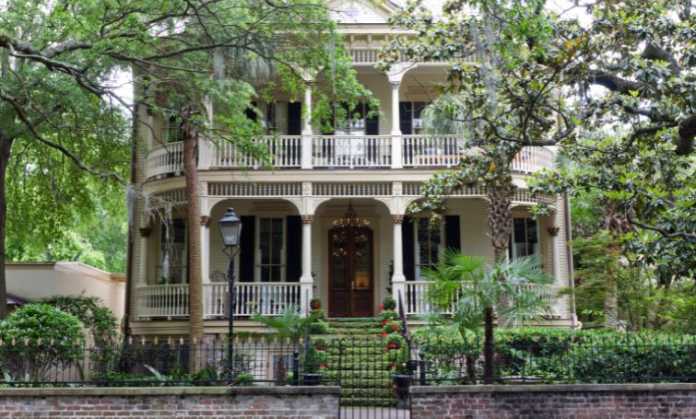It’s not uncommon for old buildings to be overlooked and deemed outdated or irrelevant. However, with the rise of sustainability efforts and a growing interest in preserving history, there has been a renewed interest in revitalizing these once-neglected properties.
Revitalization involves rehabilitating old buildings for modern use. This process preserves their historical significance and brings economic and cultural benefits to communities. Marco Bitran explores the marketing magic behind breathing life into old buildings and why it’s becoming a popular trend in real estate.
Historical Significance:
One of the major selling points of revitalized properties is their historical significance. These buildings often have unique architectural features and a rich history that adds character and charm to the property.
To effectively market this, it’s important to tell the story of the building. This can include highlighting its past uses, notable events that took place there, and any famous figures associated with it. Creating a narrative around the building allows potential buyers to feel a deeper connection to the property and understand its significance.
Embracing Sustainability:
In today’s society, there is a strong emphasis on sustainability and reducing our carbon footprint. Revitalizing old buildings often involves restoring them using eco-friendly materials and implementing energy-efficient systems.
This aligns with the values of many modern buyers who are looking for environmentally responsible options. Emphasizing the sustainability aspects of a revitalized property can greatly appeal to this demographic and set it apart from newer developments.
Creating Unique Experiences:
Adaptive reuse is the process of repurposing old buildings for new uses. This allows for creativity and innovation in revitalizing properties, as each building has its unique layout and features.
By utilizing adaptive reuse, developers can create one-of-a-kind spaces that offer a different experience from traditional modern buildings. This can be a major selling point for buyers looking for something unusual.
Community Impact:
Revitalizing old buildings not only gives the property new life but also positively impacts the surrounding community. Restoring these properties can create jobs and boost local economies.
Moreover, revitalized buildings often become cultural hubs in their communities. They can house art galleries, museums, restaurants, or other businesses that attract visitors and contribute to a vibrant community.
Targeted Marketing:
When marketing a revitalized property, it’s important to understand the potential buyers and target specific demographics. For example, historic homes may appeal more to older generations who appreciate the nostalgia and character of these buildings.
On the other hand, adaptive reuse projects incorporating modern amenities may attract younger buyers looking for a unique living experience. By understanding the target market, developers can tailor their marketing strategies and reach the right audience.
Navigating Challenges
Balancing Old and New
One key challenge in revitalization is finding the balance between preserving the building’s historical integrity and modernizing it to meet current needs. This requires a wise approach to design and functionality, ensuring that every alteration is sympathetic to the building’s original purpose and aesthetic.
Developers must prioritize the building’s structural stability and safety while also considering the comfort and convenience of its new occupants. This delicate dance can only be performed with expertise and deep respect for the building’s legacy, which when achieved, results in a harmonious union of history and modernity.
Overcoming Regulatory and Financial Hurdles
Revitalizing a historic property often entails a maze of regulations and compliance with preservation standards. This is further compounded by the financial challenges of rehabilitating old buildings, which can sometimes exceed those of new construction. Navigating these hurdles necessitates a comprehensive knowledge of local preservation laws, financial incentives for historic properties, and strategic planning that anticipates and mitigates potential setbacks.
Forming partnerships with preservation agencies and seeking available tax credits and grants can significantly ease the burden. By approaching the process with patience and persistence, developers can turn regulatory and financial constraints into assets that add to the allure of the revitalized property.
Final Thoughts
Marco Bitran understands that bringing new life to old buildings preserves history and brings economic and cultural benefits to communities. By effectively marketing these revitalized properties, developers can appeal to modern buyers by highlighting their historical significance, sustainability efforts, unique experiences, and positive impact on the community. With the right marketing strategies, revitalized properties can become highly desirable real estate options in today’s market.


























